 Looking at the problem mathematically, we see the equations
Looking at the problem mathematically, we see the equations
$$I_\text{ds}=k_n'(V_\text{gs}-V_t)^2$$
$$V_\text{ds}=V_\text{dd}-I_\text{ds} \times R_o$$
Following this, it would be predictable that \$V_\text{ds}\$ vs. \$V_\text{gs}\$ would have a parabolic relationship. However, that is not the case, proved by the graph attached. What would be the reason?

